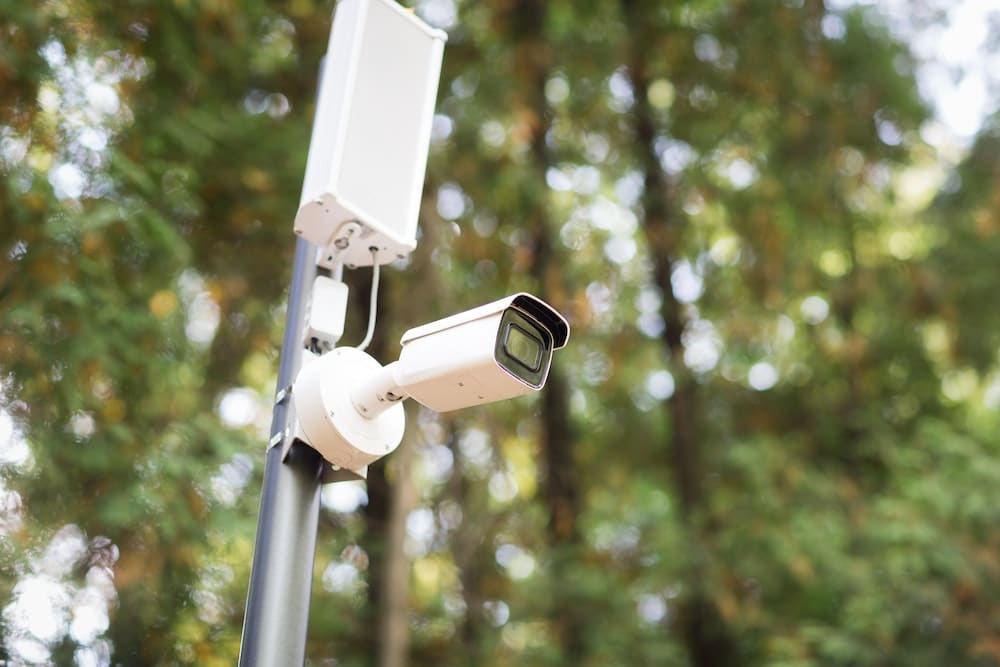What’s the Best Way to Incorporate a Discrete Home Surveillance System?

In today’s reality, a home is not just a place for relaxation and family gatherings. It’s also a fortress that needs protection from the outside world. Therefore, security has become a paramount concern for homeowners worldwide. In the quest for a safer living environment, the use of cameras for home surveillance has gained significant traction.
From the classic outdoor cameras to the more innovative hidden cams, there’s a plethora of options on the market. However, for many, the challenge lies not in acquiring a camera but in how best to install and hide them for optimal surveillance; that’s what we will dive into today.
A lire en complément : What’s the Best Way to Create a Cozy Outdoor Cinema Experience in Your Backyard?
Choosing the Best Camera for Home Surveillance
Before delving into the nitty-gritty of installation, one must first make an informed decision on what kind of camera to purchase. This choice is determined by several factors such as the location, the area of coverage and, of course, your budget.
For outdoor surveillance, a hardy, weather-resistant camera is vital. Brands such as Ring offer reliable solutions tailored for outdoor use. These cameras often come with inbuilt motion sensors and strong night vision capabilities.
A lire aussi : How to Construct a Durable Outdoor Storage Bench That Blends with Your Garden?
For indoor surveillance, hidden cameras offer a discrete solution. Manufacturers have become incredibly crafty, designing cameras that can be concealed in everyday household items. From wall clocks to smoke detectors and even picture frames, these hidden cameras are virtually undetectable to the untrained eye.
Strategic Placement of Surveillance Cameras
Merely owning a camera doesn’t equate to a secure home; the placement is just as crucial. So, where should you place your cameras?
For outdoor cameras, consider high traffic areas such as the front door, backyard, and driveway. These cameras should be placed at a high vantage point, ensuring a wide view of the surroundings.
Conversely, indoor cameras should be hidden in plain sight. This may sound paradoxical, but it is the best way to ensure that these cameras are not easily spotted and tampered with. Ideally, they should be installed in communal areas such as the living room or kitchen.
Mastering the Art of Concealing Cameras
Now that we have determined the best places to install your cameras, how do you go about concealing them?
First and foremost, outdoor cameras should be placed out of reach. This will deter potential intruders from attempting to disable them. Additionally, consider installing them amongst foliage or behind outdoor structures.
As for hidden indoor cameras, they should be incorporated into everyday household items. This could be anything from a bookshelf to a decorative object. The key here is to ensure that the camera blends seamlessly into its surroundings.
Optimum Use of Camera Features
Most modern surveillance cameras come loaded with a host of features aimed at making your life easier and your home safer.
Most wireless cameras, for example, have the ability to stream live video feeds directly to your smartphone or tablet. This is incredibly handy as it allows you to monitor your home remotely.
Another impressive feature is motion detection, which triggers the camera to begin recording once movement is detected. This not only conserves storage space but also ensures that you capture only the crucial moments.
Lastly, night vision is a must-have feature for any outdoor surveillance camera. It allows the camera to capture clear, detailed footage, even in low light conditions.
Regular Maintenance and Review of Surveillance System
Installing a surveillance system is not a one-time event; it requires regular maintenance to ensure that it continues to function optimally.
This includes regularly clearing the storage space, updating the camera firmware, and checking the physical condition of the camera. It’s also advisable to regularly review the recorded footage. This helps you stay updated on the happenings around your home and may help you spot potential security threats.
There you have it, a comprehensive guide on how to incorporate a discrete home surveillance system. Remember, a well-planned and executed surveillance system is the best deterrent against home invasions and other security threats. Whether it’s an outdoor camera or an indoor hidden cam, the same principles apply: strategic placement, seamless concealment, and regular maintenance.
Utilizing Advanced Security Systems Features
In the evolving world of technology, home security has not been left behind. Advanced features are continually being added to surveillance cameras to enhance their effectiveness. These features go beyond the basic capabilities of recording and storing footage.
With the smart home revolution, security cameras can now be integrated with other smart devices in your home. Imagine a scenario where your camera detects an intruder, triggering your smart lights to turn on and your smart lock to secure the doors automatically. This is no longer the stuff of science fiction, but a reality thanks to advanced security systems like Reolink Argus, Nest Cam, and others.
Some security cameras also have two-way audio capabilities, enabling you to listen and talk to the person on the other end. This feature can be particularly useful if you want to communicate with family members or warn intruders that they are being watched.
Biometrics and facial recognition are other remarkable features available in some security camera models. These features allow the camera to recognize familiar faces and differentiate them from potential intruders.
It’s also important not to ignore the classic features. Infrared night vision and motion detection remain critical for effective surveillance. These features ensure that the camera continues to provide quality footage regardless of the time of day or movement present.
Conclusion – Fostering a Secure Home Environment
Incorporating a discrete home surveillance system is not as daunting as it may seem. The key is to make informed decisions right from choosing the best camera tailored to your specific needs, determining the strategic camera placement and mastering the art of concealing cameras.
Leverage the advanced features of the security systems. From live streaming and motion detection to smart home integration, these features significantly enhance the functionality of your surveillance system.
Remember, for outdoor security, choose sturdy, weather-resistant outdoor cameras that can withstand the elements and provide clear images even in low-light conditions.
In contrast, hidden cameras best serve indoor surveillance, ensuring privacy while maintaining a high level of security.
Regular maintenance is crucial to ensure your system remains effective. Keep up with updates, regularly review the footage and check the camera’s physical condition.
In conclusion, a well-installed and maintained surveillance system can be your first line of defense against potential security threats. With the right tools, knowledge, and a bit of creativity, you can achieve an efficient, discrete home security system, turning your home into a safe haven for you and your family.
